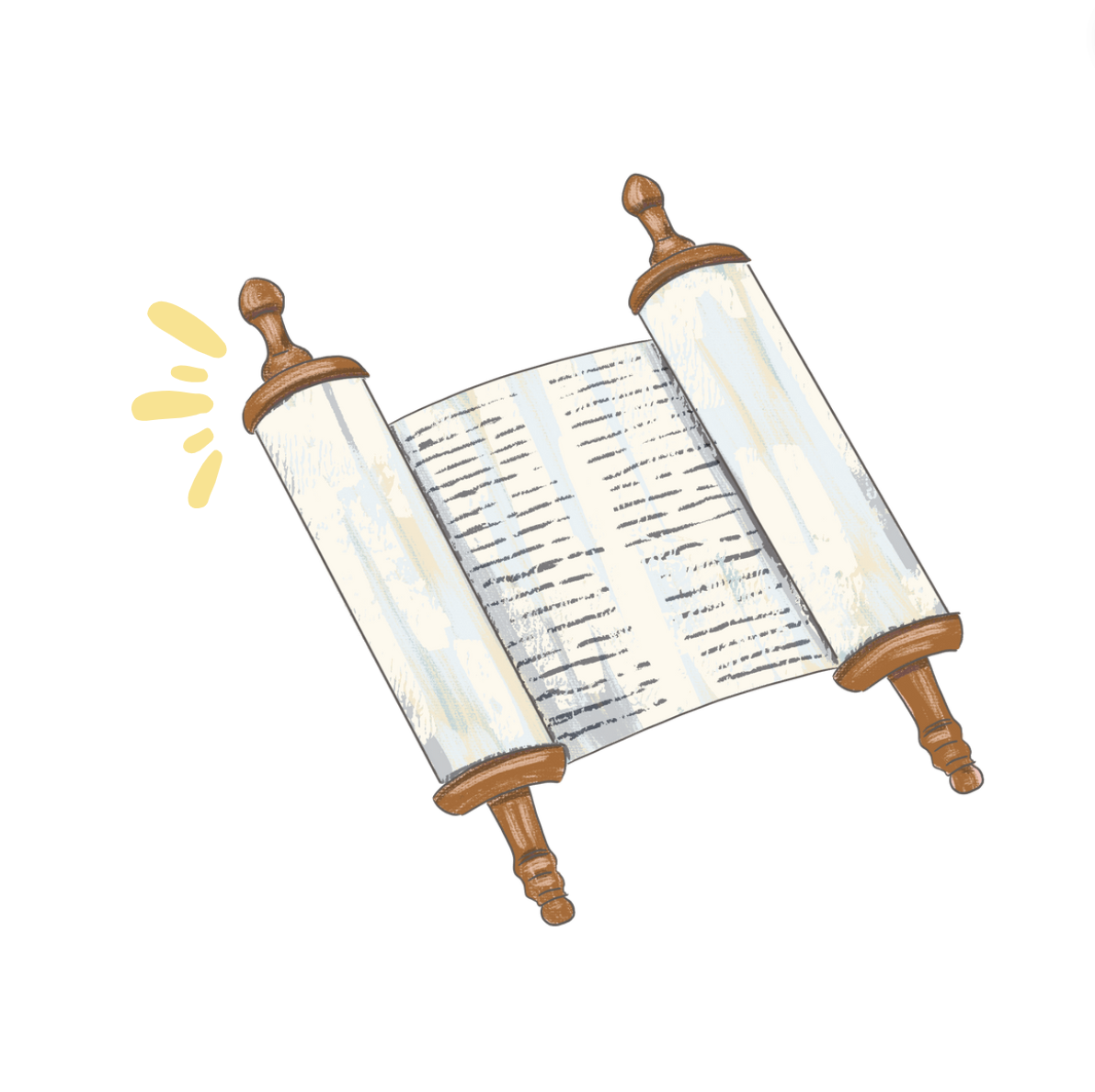Almost every time I speak about conversion to Judaism, someone asks me if I’ve seen the famous scene in Sex and the City where Charlotte York begins her conversion process. Determined and excited, Charlotte knocks on the door to the rabbi’s study and declares her intent to join the Jewish faith. The rabbi responds by saying, “We’re not interested,” and subsequently slams the door in her face. Charlotte, confused, knocks again. A different rabbi answers the door, and Charlotte begins explaining what had just happened. But this rabbi, too, slams the door in her face without saying a word. Only after three unanswered phone calls and a trip to the rabbi’s home—where she comes with a gift of kosher wine and insists that she is serious about conversion—does he accept her as a conversion candidate and (begrudgingly) invite her to Shabbat dinner.
I find this to be a deeply unfortunate portrayal of Judaism and its leaders as unkind and unwelcoming. No matter one’s religious convictions, slamming a door in someone’s face is just rude, and I admire Charlotte for ever returning to a synagogue after that incident. Subsequently, the show portrays a narrow view of Jewish life and a woman’s place within it. However, it is true that conversion to Judaism is not a simple process. It can take up to a year and involves a period of intense study, a discussion with three rabbis who form a rabbinical court (called a beit din) and immersion in a ritual bath (called a mikvah). The path toward choosing Judaism requires time and commitment.
Throughout history, potential converts were rare and were often treated with some amount of skepticism or suspicion at the beginning of their conversion process. After all, during times of persecution (which, sadly, were quite often), joining the Jewish people was not a common or popular choice. Most people would, very reasonably, not want to endure the suffering and hardship that was inherent to Jewish life.
The Shulkhan Aruch, a medieval Jewish legal code, states: “When a person comes to convert, say to them, ‘What did you see that motivated you to come to convert? Don’t you know that the Jewish people are oppressed…and suffering?’” In other words, these scholars wonder why anyone would voluntarily take on the challenges faced by Jews. The Shulkhan Aruch continues: “If they say, ‘I know this and I am unworthy of this suffering,’ the person is ready to convert.” A conversion candidate needed to be aware of, and to be ready and willing to undertake, the hardship that would come with joining the Jewish people.
Of course, the conversion process of today is not the same as it was in the Middle Ages. Though we know the deeply troubling fact that antisemitism is on the rise, Jews are facing less persecution today than we have at any point in our history. Thankfully, conversion to Judaism no longer poses the danger to a person’s physical safety that it once did. And yet, all who convert learn about our painful history and still willingly choose to tie their fates to the Jewish people. It is an admirable and inspiring choice.
When the biblical character Ruth—considered the first convert—makes the choice to join the Jewish people, she says the following to her mother-in-law, who has tried multiple times to dissuade her:
“Wherever you go, I will go; wherever you lodge, I will lodge; your people shall be my people, and your God my God. Where you die, I will die, and there I will be buried. Thus and more may the Eternal do to me if anything but death parts me from you” (Ruth 1:16-17).
Though they are hopefully not forced to prove themselves like Charlotte, those who convert to Judaism, from the time of Ruth until today, make a deep commitment. Our tradition teaches us that, as children of Abraham and Sarah and members of the ancient covenant between God and the Jewish people, their status as Jews is never to be questioned, and they are to be treated with the utmost dignity, honor, and respect. And all Jewish communities should open the doors wide to embrace them.

